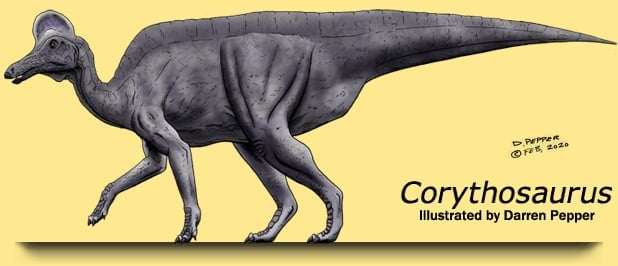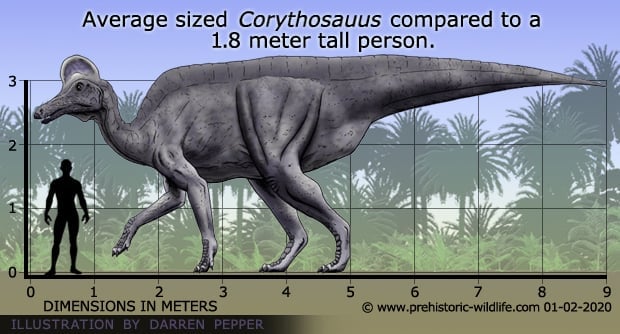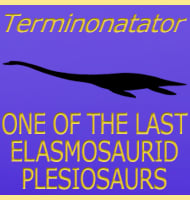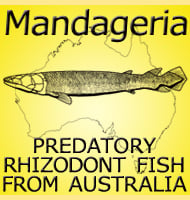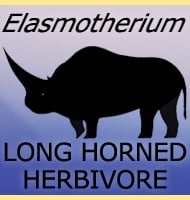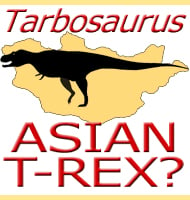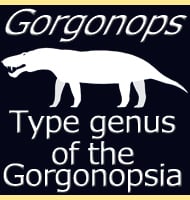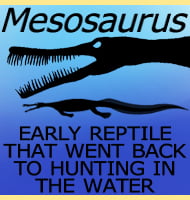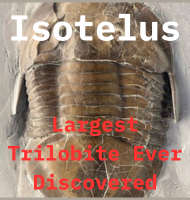In Depth
Corythosaurus acquired its name from the shape of the head crest on the back of its skull which resembles a Corinthian helmet from ancient Greece. Because this head crest was hollow, Corythosaurus is today classed as a lambeosaurine hadrosaurid. The lambeosaurine hadrosaurs which also include other famous genera such as Parasaurolophus as well as the type genus Lambeosaurus all have hollow crests, and like with these there is a recurring theory that this hollow crest may have been a resonance chamber for amplifying calls. Critics have stated that if this were true then lambeosaurine crests should be all the same, but this misses the fact that different shapes could have produced different types of call which would have enabled different genera of lambeosaurines to identify one another by sound alone. Also, one Corythosaurus specimen is noted for having a large eardrum but slender stares (reptilian ear bone) which indicates that hearing was well developed and probably one of the most important senses used.
Additionally this may have allowed a single Corythosaurus to sound out a warning call to other nearby individuals at the sight of a predator. This would infer behaviour where Corythosaurus may have moved around in groups or even herds where the eyes of many individuals were looking out for danger, something that would significantly increase the survival chances of Corythosaurus over what they would have been if they were solitary animals.
A more mundane explanation for the hollow head crest is that it was simply a way to reduce the crests weight. This would imply that Corythosaurus used the crest as a visual display, perhaps not only to attract mates but to identify other lambeosaurine hadrosaurids of its own genus from other similar dinosaurs, something that has also been suggested for variations in the horns and frills of ceratopsian dinosaurs that also lived in North America at the same time as Corythosaurus. Out of all the other currently known lambeosaurine dinosaurs Olorotitan is considered to be one of the closest relatives of Corythosaurus.
The diet and ecosystem of dinosaurs like Corythosaurus is currently a matter of dispute. The classical view of Corythosaurus for example has been of a semi bipedal dinosaur that waded into the edges of swamps and lake to feed. This scenario stems back to the first descriptions of hadrosaur dinosaurs in the latter decades of the nineteenth century when the skulls, jaws and teeth were interpreted as being too weak to process anything but soft aquatic plants. This thinking was however flawed because many of the skulls and jaws examined were incomplete. Study in the latter half of the twentieth century and on-going into twenty-first century not only suggests that Corythosaurus and other hadrosaurs were capable of processing regular terrestrial vegetation like other herbivores, but fossil evidence in the form of stomach contents reveals that hadrosaurs would at least on occasion eat terrestrial plants from dryer inland habitats.
The modern interpretation of Corythosaurus is usually of a quadrupedal herbivore that could on occasion walk about on just the rear legs when it had to, feeding upon low growing vegetation inland, although possibly rearing up to browse higher growing vegetation. This however could have put them in competition with ceratopsians as well as possibly ankylosaurs, two groups of dinosaurs that were only capable of feeding upon low vegetation. Feeding on aquatic plants would still have been a viable option for Corythosaurus, particularly in times when other plants were not as readily available.
One observation previously used to reinforce the theory that Corythosaurus fed upon aquatic plants while in the water was the discovery of what looked like webbing between the toe bones. While initially heralded as proof of the aquatic theory, later study revealed that this ‘webbing’ was merely the remnants of the skin left behind after the flesh had decomposed. In life the toes would have been fleshy just like any other land animal. A simpler analogy is to think of a balloon that has been found a few days after a party but is now deflated. In this state it is a flat piece of wrinkled rubber, yet a few days before it was large, round and filled with gas. This is the true form of the function of the balloon, but the deflated version that is found later could give a false representation to what it actually is to someone who was not around to see it at the party.
Regardless of which kinds of plants Corythosaurus fed upon, the hard beak that ran across the front of the mouth would have been used to grip and separate small mouthfuls from the plant it was feeding upon. This mouthful would then be processed by grinding batteries of small teeth at the back of the mouth before swallowing. To help with the food processing, Corythosaurus is often envisioned as having cheeks that would help prevent the plant matter from falling out of the sides of the mouth while it was being processed in this way.
Dinosaurs are known to have had scleral rings like birds do, but they are not always preserved. Fortunately the scleral rings of Corythosaurus have been found and studied, revealing them to be those of a cathemeral creature. What this means is that Corythosaurus would be active for short periods during the day and night. Although this might sound unusual cathemeral lifestyles have been suggested for many dinosaurs. This might suggest that when Corythosaurus foraged, food was only eaten in moderation to be digested quickly in smaller amounts. Being cathemeral might have also given Corythosaurus the flexibility to live alongside other herbivores in the ecosystem that were either diurnal (active during the daytime) as well as those that were nocturnal (active during the night time).
Likely predators of Corythosaurus could have included tyrannosaurs such as Albertosaurus or perhaps even Tyrannosaurus itself. Other dinosaurs that might have been a threat were the smaller troodontids such as the type genus Troodon which may have been a particular threat to much smaller Corythosaurus juveniles. Corythosaurus has an association with the often infamous merchant vessel the SS Mount Temple. When the passenger liner RMS Titanic sank in 1912, the SS Mount Temple was one of the ships that responded to the distress call, yet just before she arrived the ships master Capt. Moore ordered a full stop on the claim that the ice was too thick to approach, a decision that has been questioned and remains controversial to this day. In 1916 during the First World War the SS Mount Temple was carrying mixed cargo of mostly war supplies but also fossil specimens that had been collected by renowned palaeontologist Charles H. Sternberg, which also included specimens of Corythosaurus. On December 6th, the SS Mount Temple was intercepted in the North Atlantic by the German surface raider SMS M�we, an auxiliary cruiser masquerading as a merchant vessel. After a short battle the Mount Temple, which wss armed only with a single gun, was easily overwhelmed by the superior firepower of the German cruiser and surrendered. After the passengers and surviving crew were taken aboard the SMS M�we, the German sailors scuttled (deliberately sank) the SS Mount Temple with explosives placed below the waterline. Everything aboard including the Corythosaurus remains ended up on the bottom of the Atlantic.
Further Reading
- Corythosaurus casuarius, a new crested dinosaur from the Belly River Cretaceous, with provisional classification of the family Trachodontidae, Barnum Brown - 1914. – Corythosaurus casuarius: Skeleton, Musculature and Epidermis. – American Museum of Natural History Bulletin. 38. – Barnum Brown – 1916. – New species of crested trachodont dinosaur. – Bulletin of the Geological Society of America 34:130. – W. A. Parks – 1923. – The braincase and skull of Gryposaurus notabilis (Dinosauria, Hadrosauridae), with a taxonomic revision of the genus. – Journal of Vertebrate Paleontology 30(3). – A. Prieto-Marquez – 2010.
